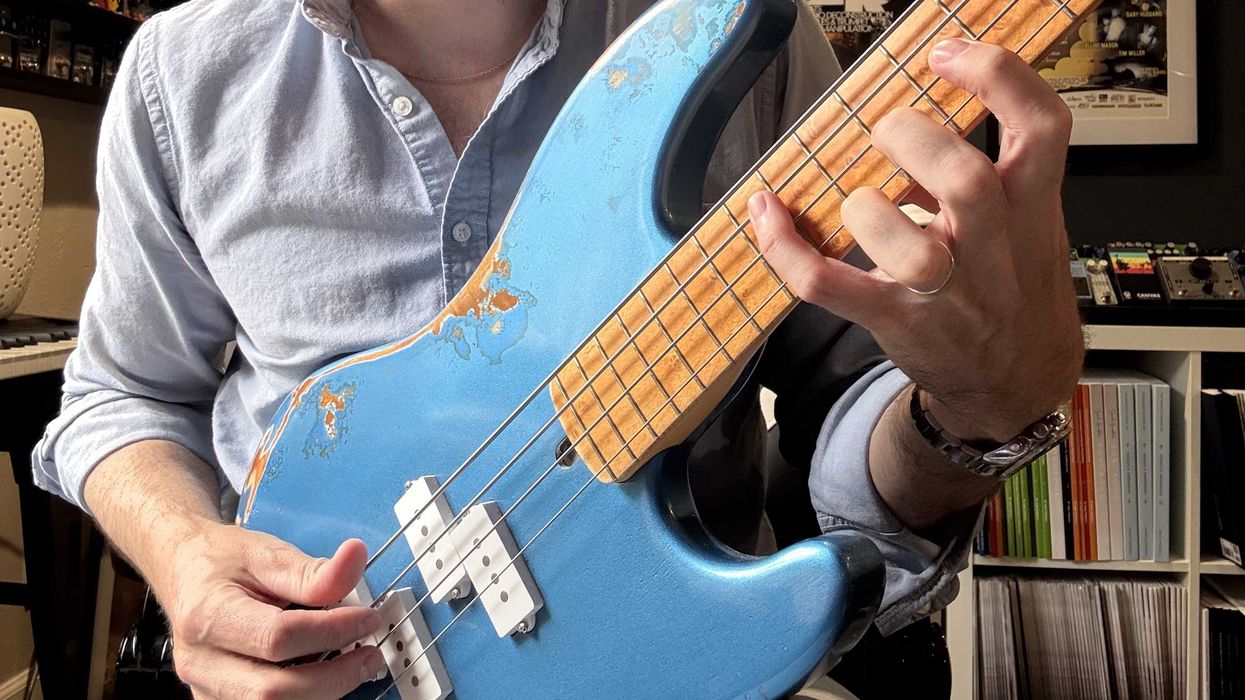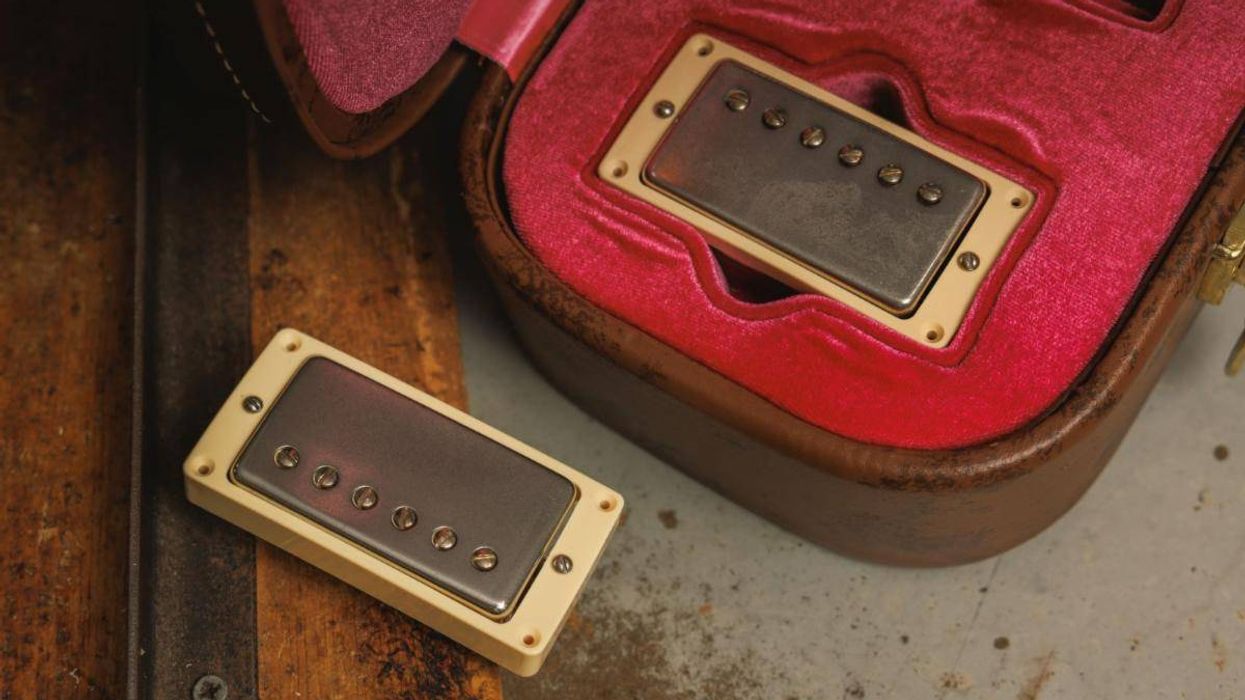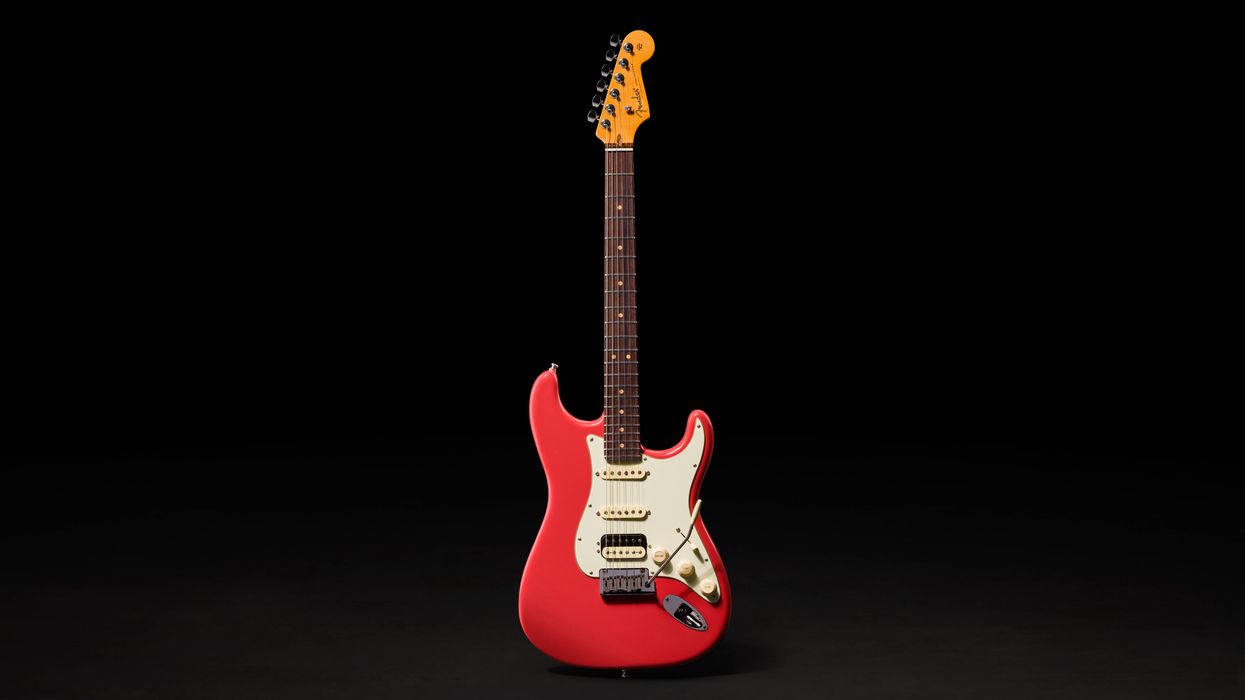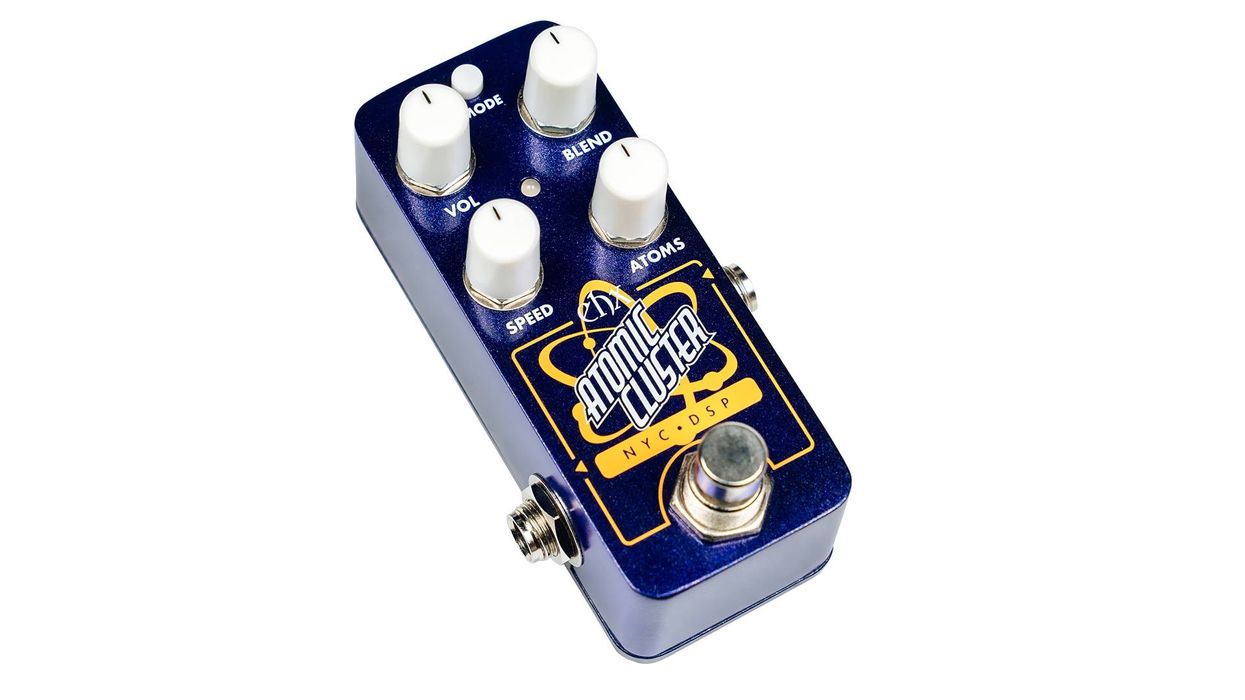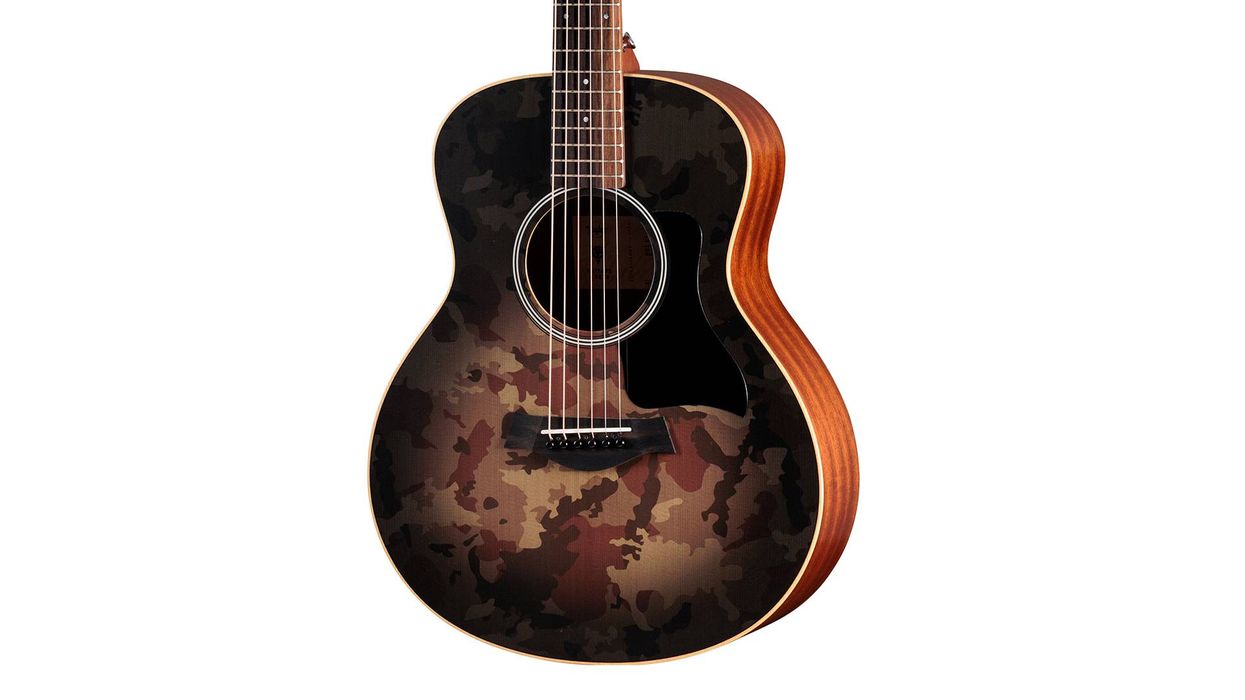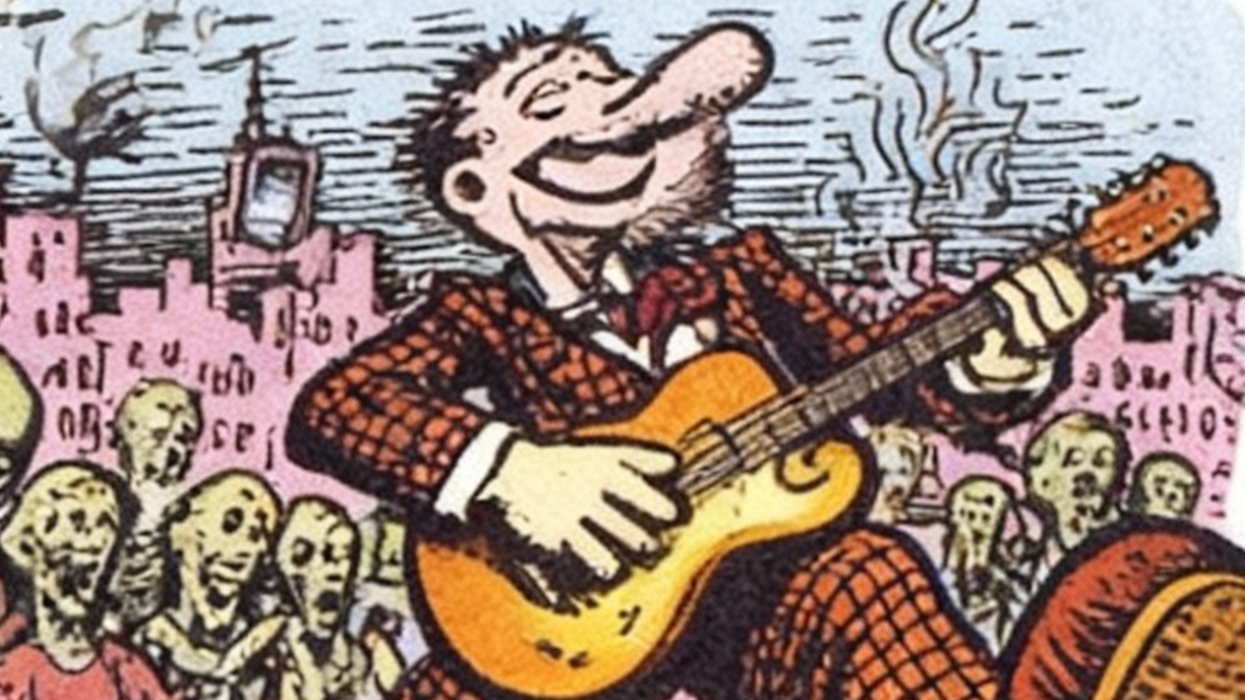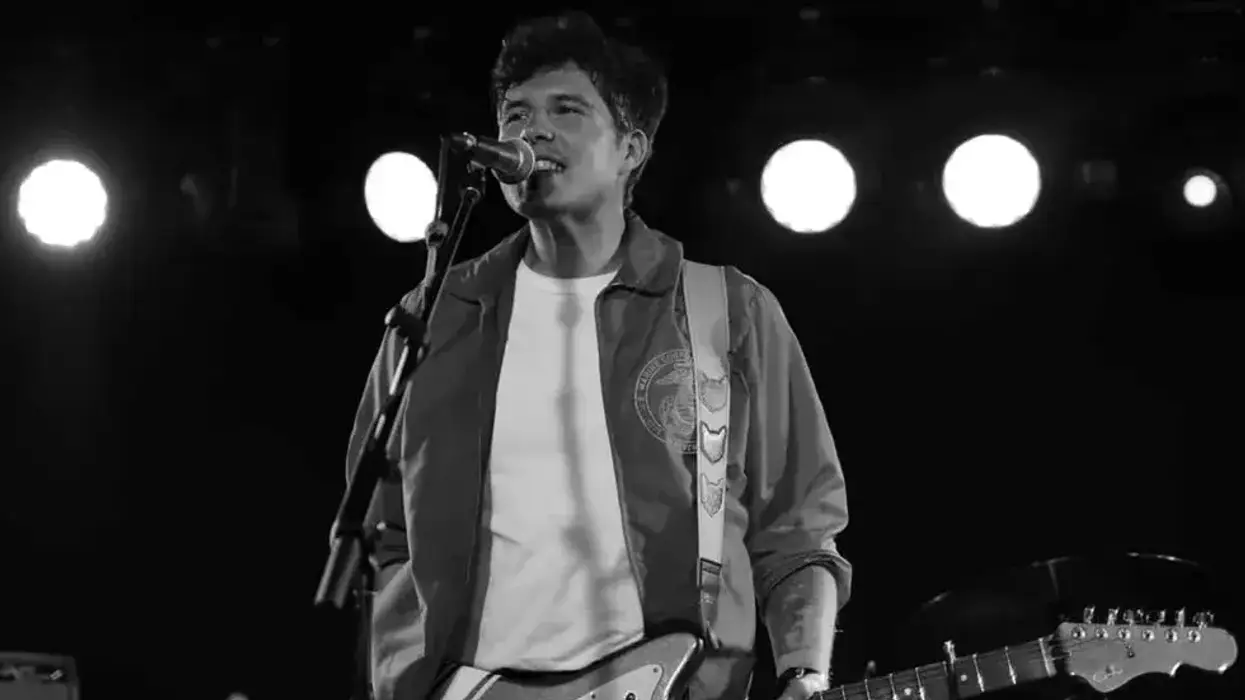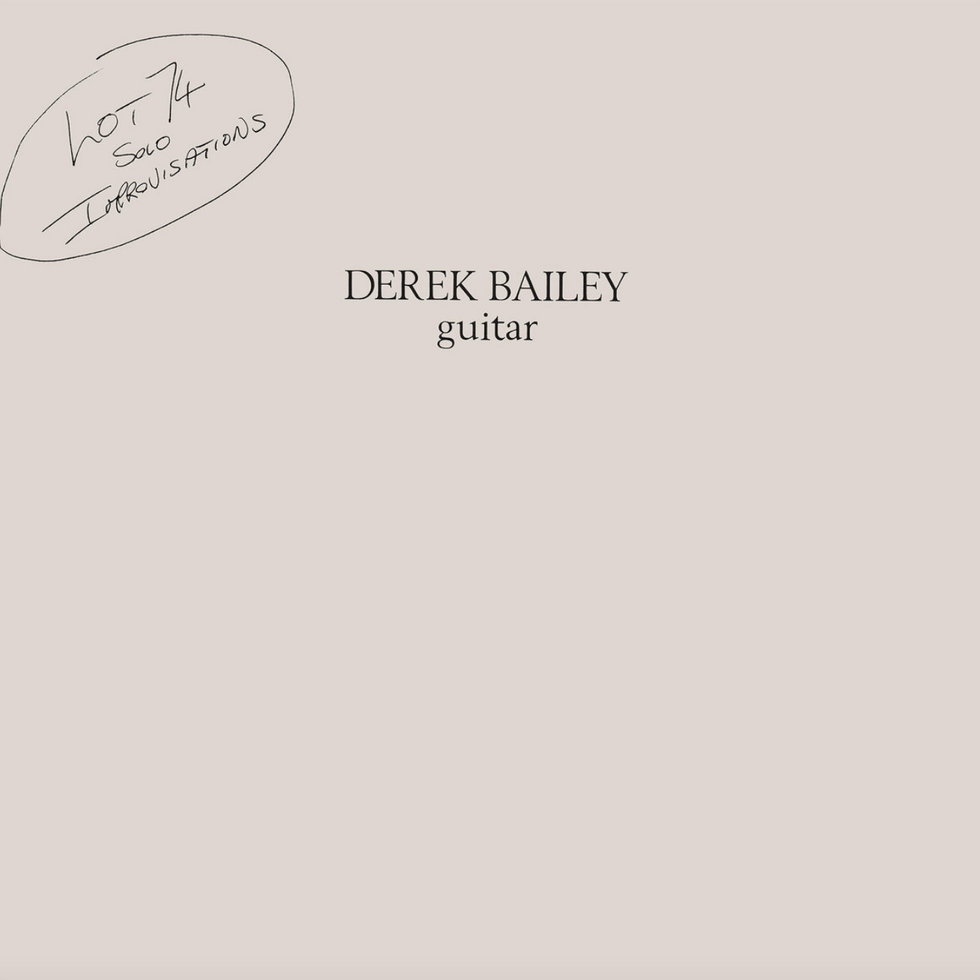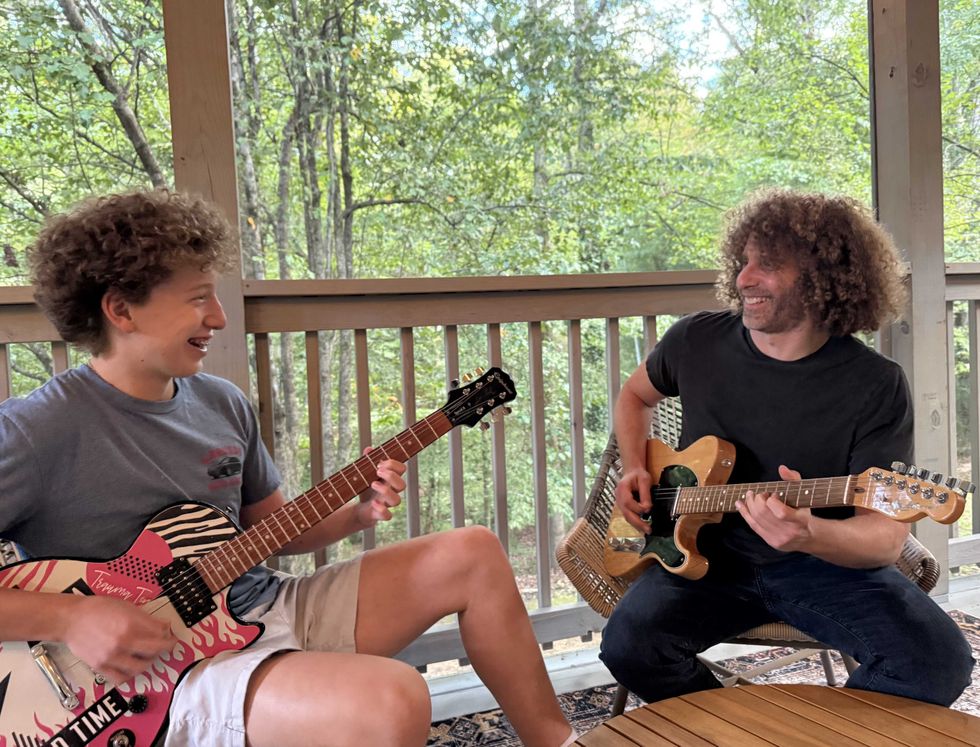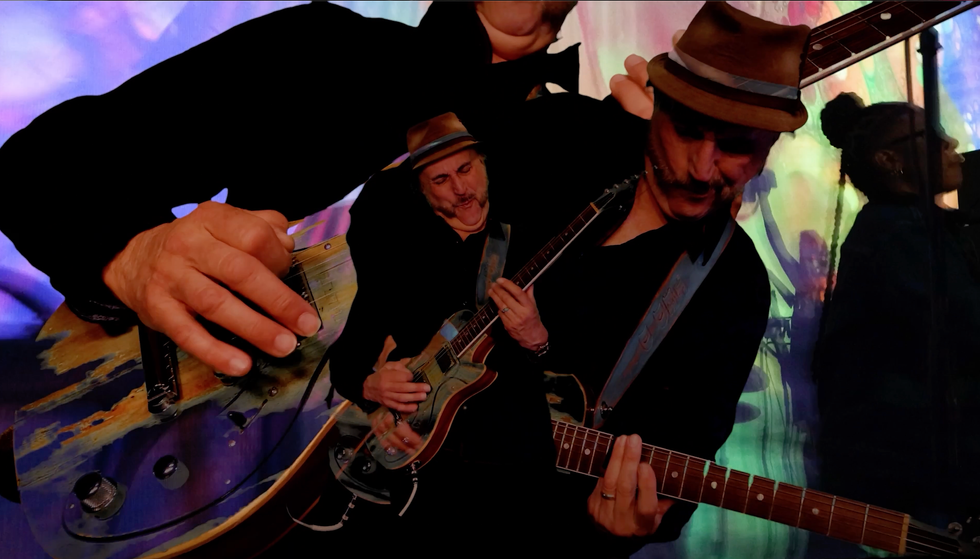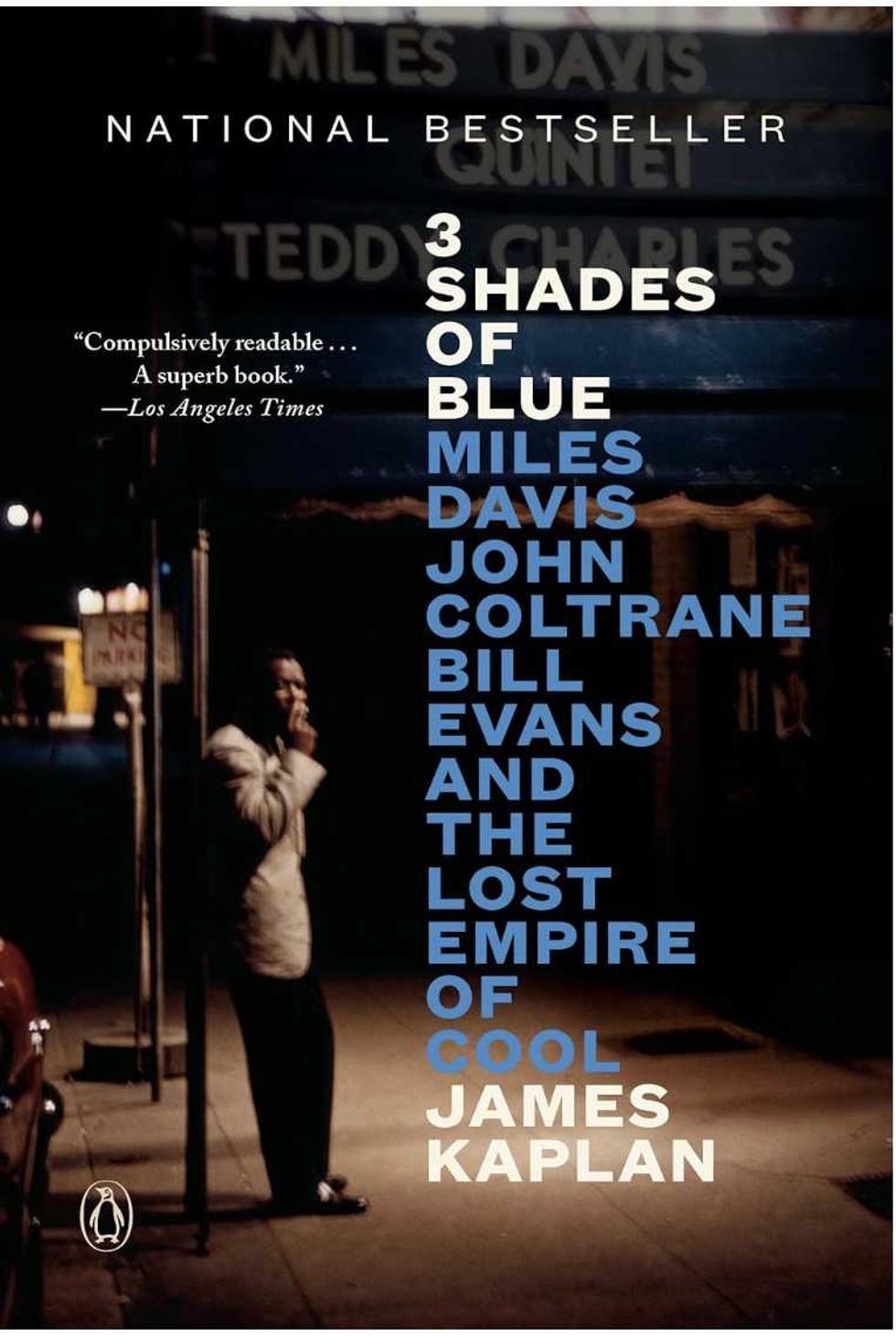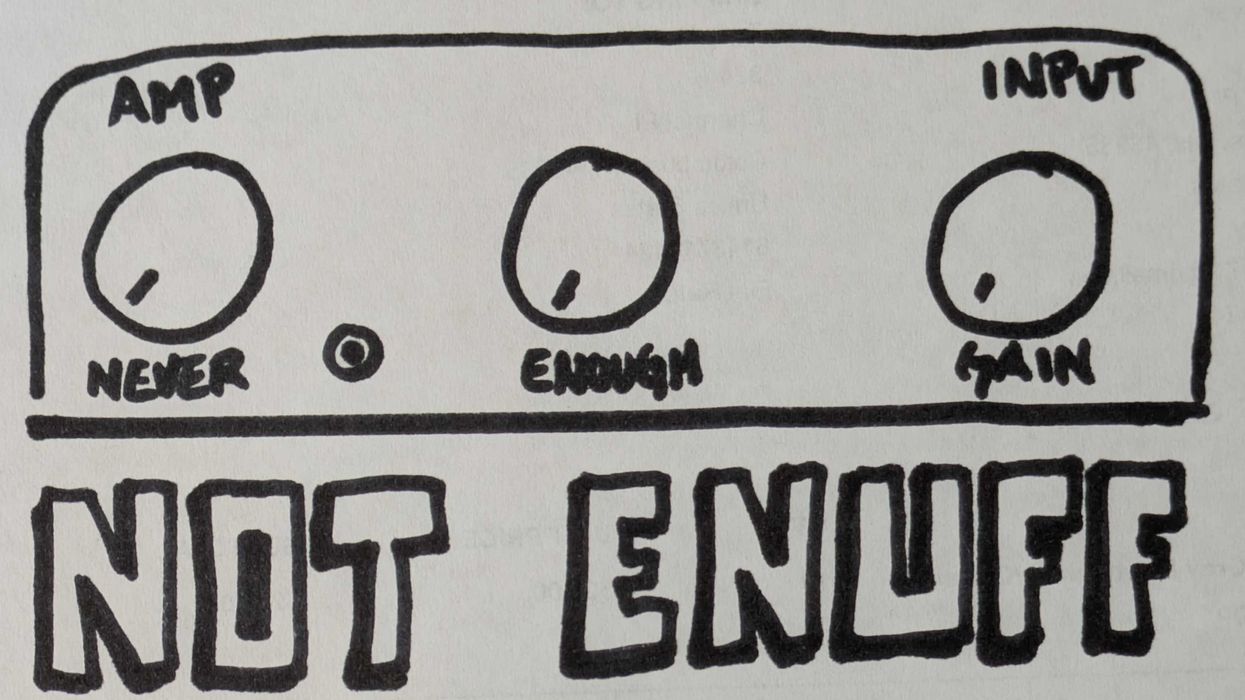Defying a trend can be dangerous. Not because you could be ostracized from society, but because chances are you’re just hopping on the next bandwagon. From beatnik-bongo berets to hippie beads to suspenders, and from banjos to handcrafted IPA, it’s all crowd-sourced individualism. Welcome to the new mainstream: Metal is background music in the grocery store, and cheap ’60s department store guitars are collector’s items.
I have long sung the praises of the lo-fi budget guitars of my youth. I attended the auction of the Harmony factory decades ago, and spent many evenings on Chicago’s South Side admiring the ragged glory of underclass 6-string creations in the hands of first-class bluesmen long before it became fashionable.
Cutting my musical teeth on Chi-Town’s blues circuit, I struggled to play in tune alongside legit Pepper’s Lounge alumni as they coaxed glorious sounds from their Masonite and plywood 6-strings. The pay was low and the stakes were high as pistols were brandished in small closets that served as dressing rooms.
These players were not aficionados of fine lutherie, but what did they do as soon as they had a little coin? They bought “proper” guitars and ruined it all. So as hedge fund 6-string slingers scarf up the blue-chip Gibbos, and the last of the millionaire baby boom blues born-agains fawn over ’50s Fenders, we look back to Chicago’s Maxwell Street for our next fad.
Every guitarist can trace his or her infatuation with guitar back to a single moment in time. Whether it’s a sound or the sight of an instrument, it’s etched into our subconscious. Mark Knopfler recalls a red Hank Marvin Stratocaster in his hometown shop’s window. Producer/guitarist Eric Ambel remembers his parents laughing at the Beatles while he was thunderstruck by their sound on the Ed Sullivan show. For me, it was a camp counselor’s electric guitar and strains of “Greensleeves” echoing in a school gymnasium.
In a way, we are all trying to recreate that first blush. We’re continually chasing that high we felt when the guitar made its mark on us. But over time our memory shifts. It’s like the old saying: “The older I get, the better I was.” And to further complicate things, we’ve all had multiple experiences where a guitar tone has bowled us over, be it from Django, T-Bone, Bloomfield, Clapton, Allman, Hendrix, Van Halen, or Holdsworth—the list goes on and on. These touchstone moments have created a lexicon of sounds for generations, but the lexicon hasn’t stopped evolving. Like Sisyphus, are we doomed to pursue phantom tones in a Möbius strip of third-party parts shopping? Will no amount of pickup swapping and capacitor changing ever hit a target that’s constantly moving and morphing?
Additionally, economics have been shifting the landscape around us. The handmade, classic instruments made from old-growth woods have been steadily climbing in price since the 1970s, and modern recreations aren’t inexpensive either. It’s difficult to find a 1950s or ’60s instrument for a working musician’s wage unless you turn to student guitars from the likes of Silvertone, Harmony, and Kay. But wait, you say they’re making those guitars again? The “mystery wood” warriors of yesteryear have increased in value to the point where new production is viable.
I believe the movement gently began with Jerry Jones’s Danelectro recreations in the 1980s. In an inspired stroke, Jones saw the need to resurrect the designs of the low-budget past with nicely upgraded versions of the originals aimed at a more professional clientele. It was a small market at the time, since most of the industry was looking the other way. But despite being somewhat pricey, Jones’s guitars were embraced by Nashville pros and recording artists in all genres.
Then came the first warning shot. I recall seeing the new Danelectro guitars at the NAMM show in the ’90s. At around $300 list, the seemed to be coveted by everyone, and I wondered what Jerry Jones would do. By 2011 he had retired and closed his Nashville workshop.
Slowly, over the last 20 or so years, the appeal of the “weirdo” guitar style of the 1960s has grown, driven by young artists bucking the trend of mainstream and boutique guitars. Offshore production of “tribute” instruments from several companies has made budget prices possible, but with improved build quality. All of a sudden, standing out from the crowd didn’t mean you had to endure low-end playability.
The gold-standard sounds that have been in play for the last five decades were created with instruments of old wood and rare materials, some of which are now restricted by law. It seems a perfect time for alternative materials (and sounds) to come of age, and the mystery wood models fill the bill.






